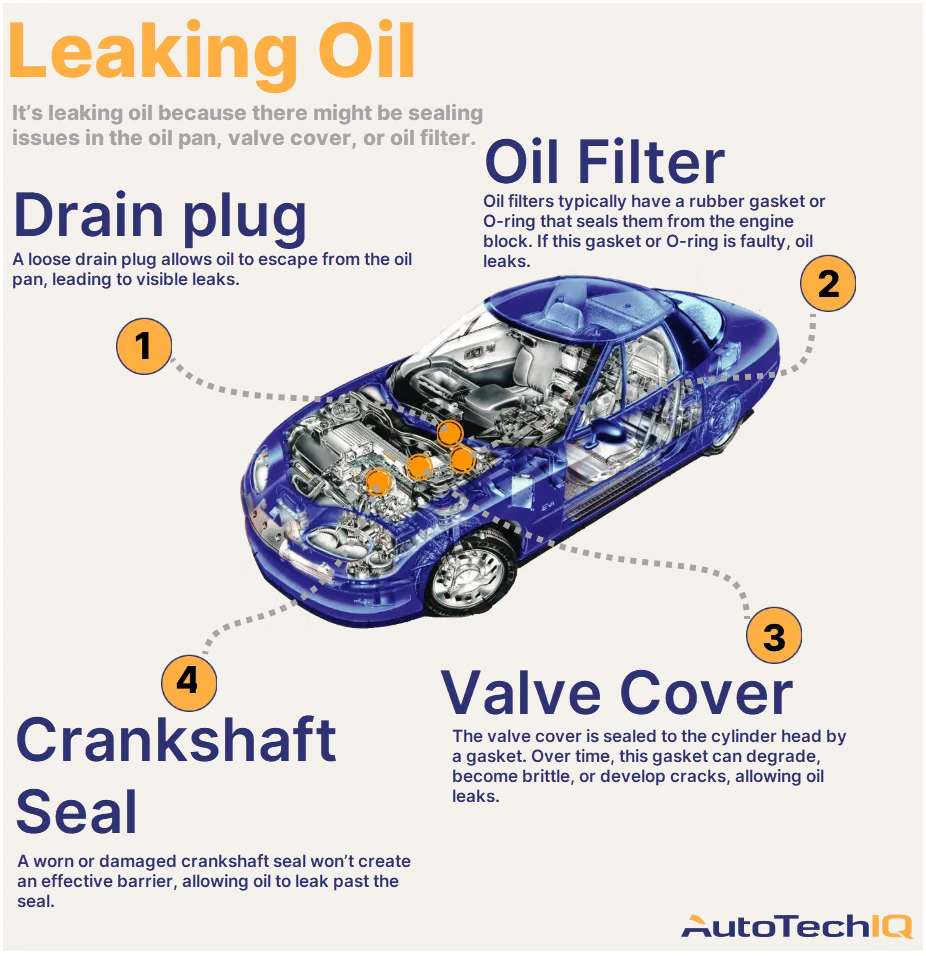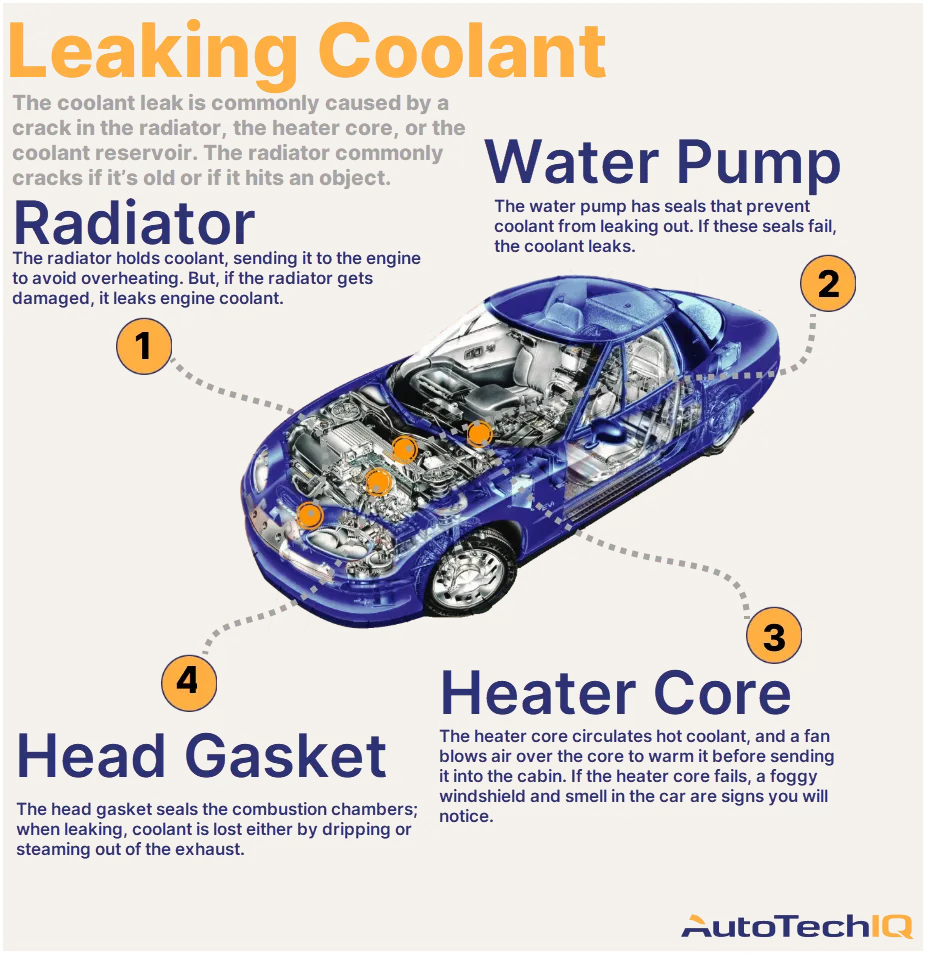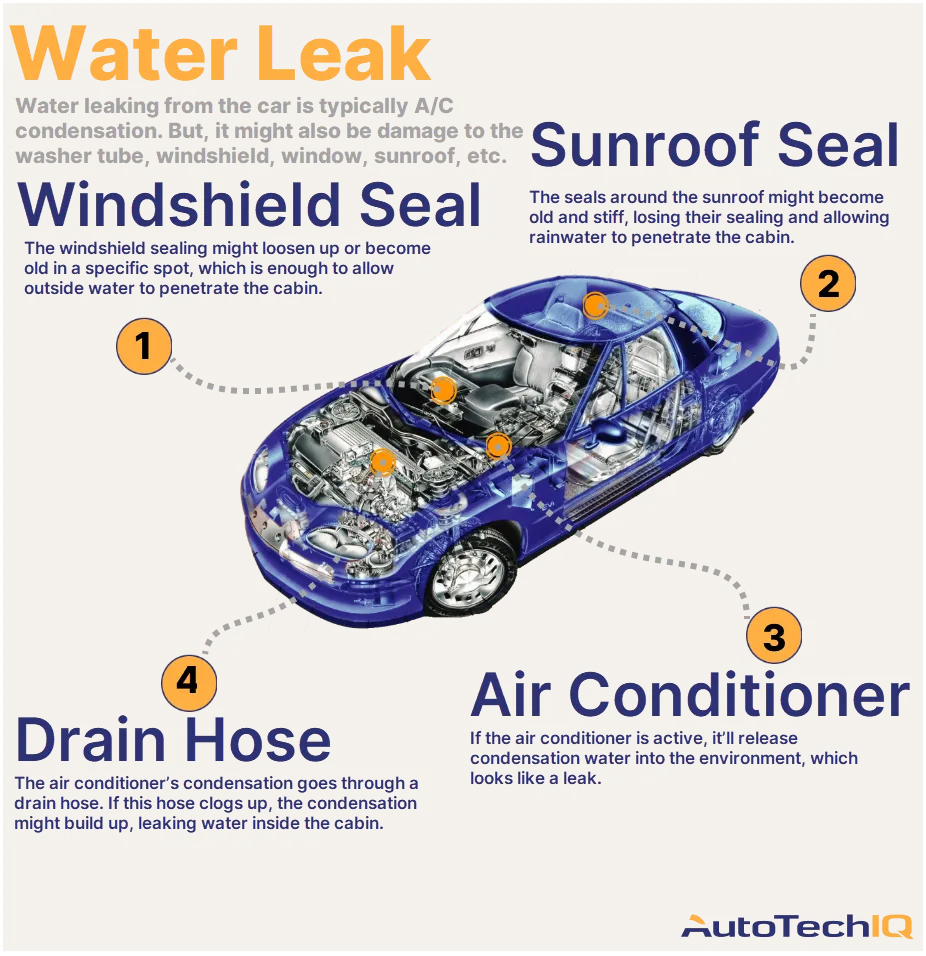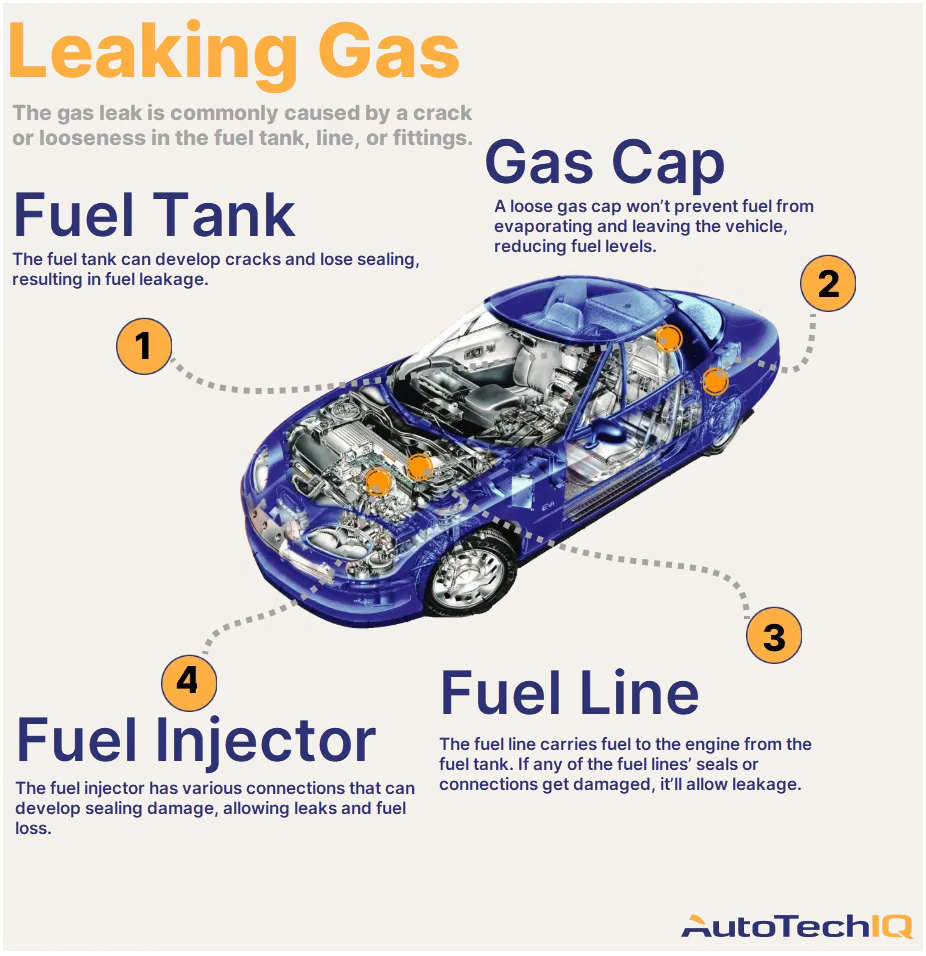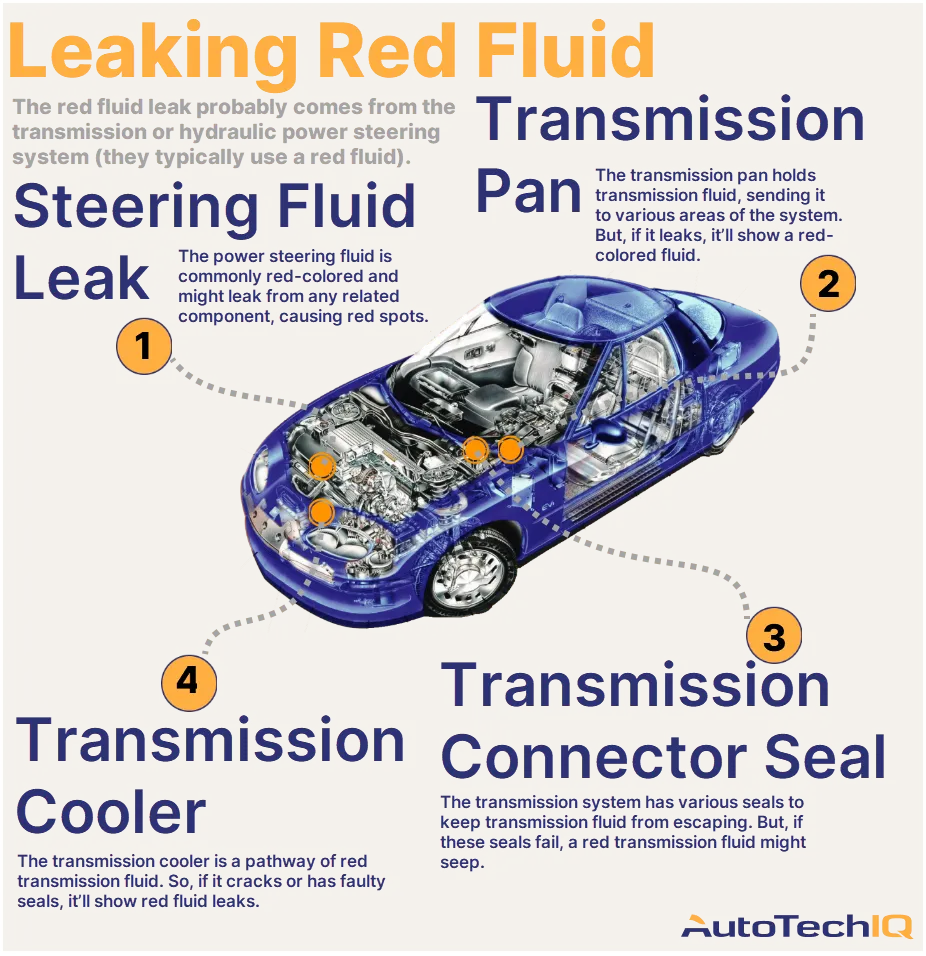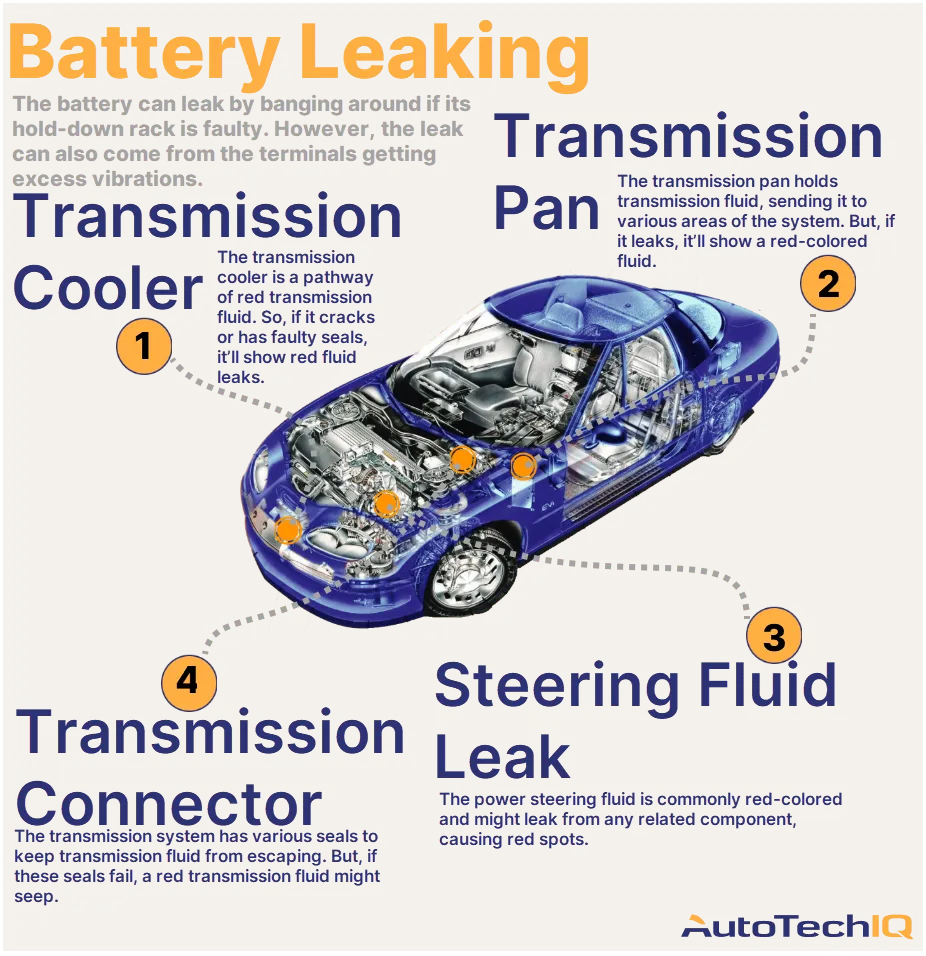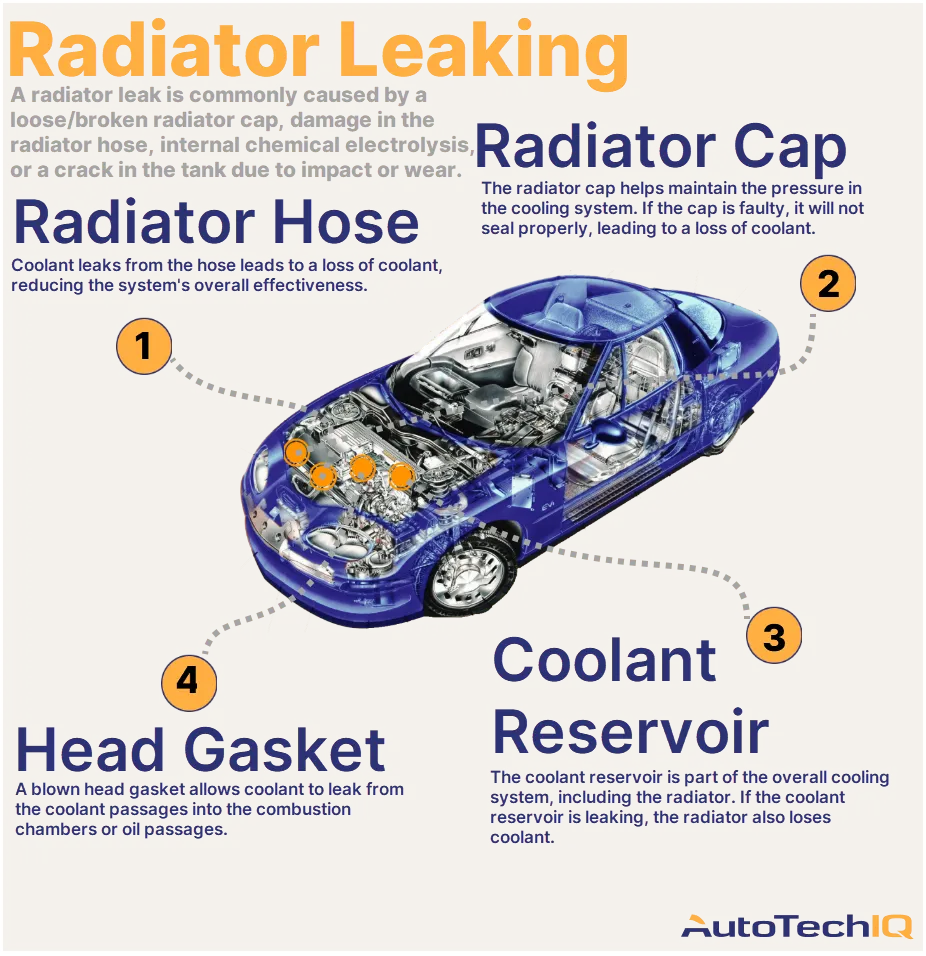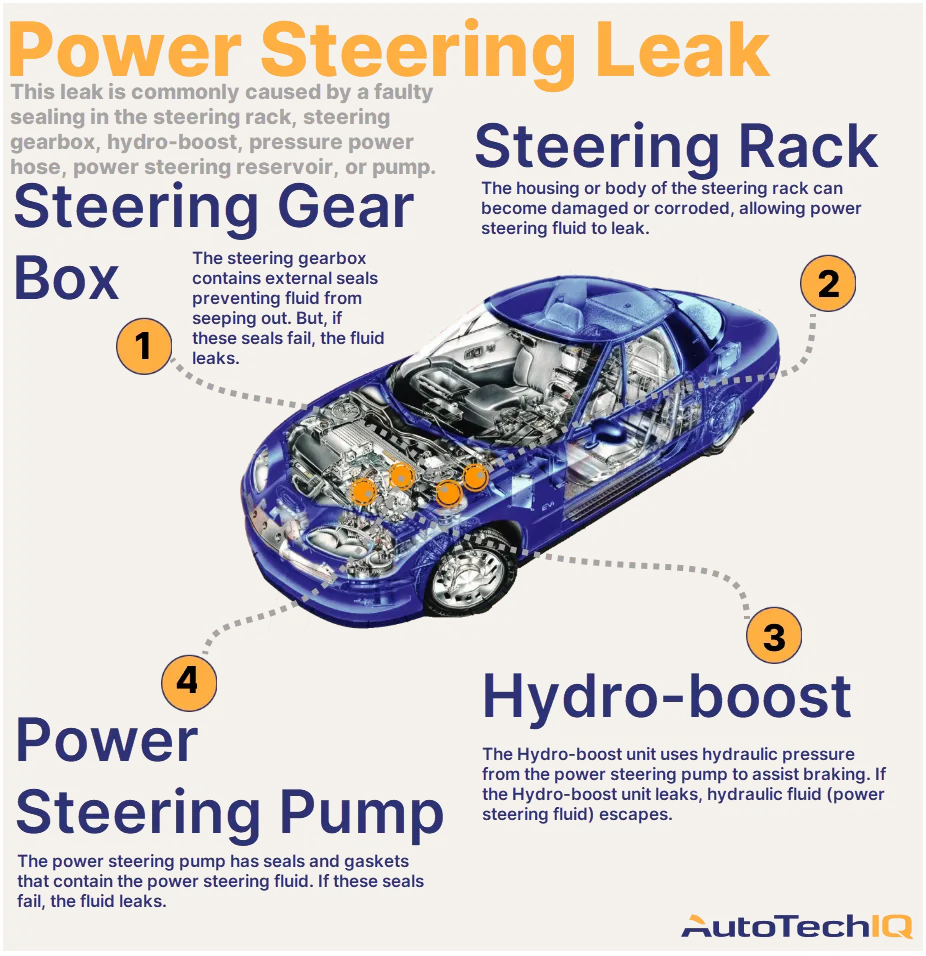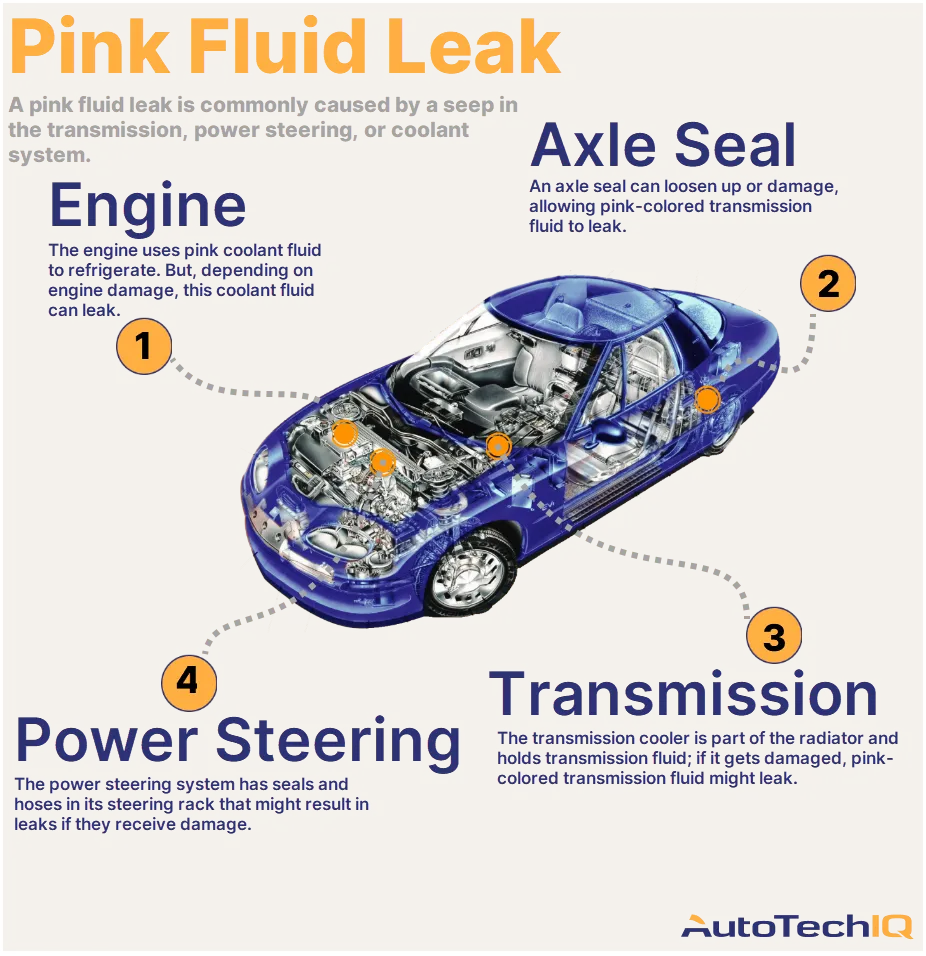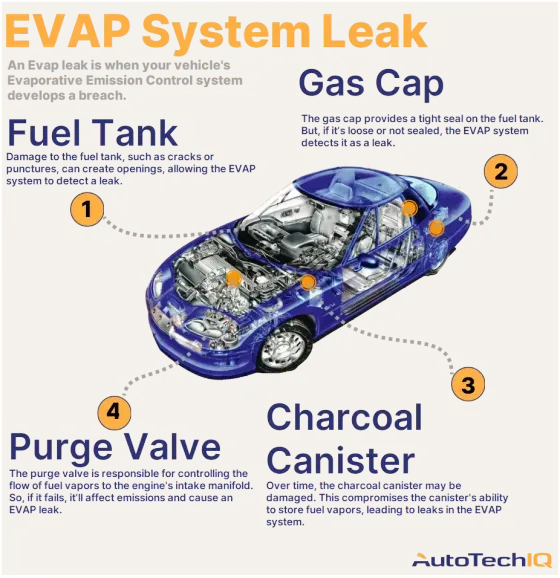
Is Your Vehicle's Evap System Leaking?
The EVAP system leak is due to a loose, cracked, or missing gas cap. EVAP stands for Evaporative Emissions Control Systems, and any vapor or gas leak in this system is picked up by sensors, leading to a warning light on the dashboard. Apart from a faulty gas cap, the issue might also be a crack in the fuel tank, charcoal canister, filler neck, purge valve, etc.
Paying attention to the signs and taking action can save you some headaches and money in the long run. So, if you catch a whiff of gasoline or that "Check Engine" light starts acting up, don't brush it off. Your Evap system might just be trying to get your attention.
Watch out: An Evap leak is when your vehicle's Evaporative Emission Control system, which is responsible for keeping fuel vapors in check, develops a minor breach. So instead of those vapors staying where they should, they sneak into the air.

